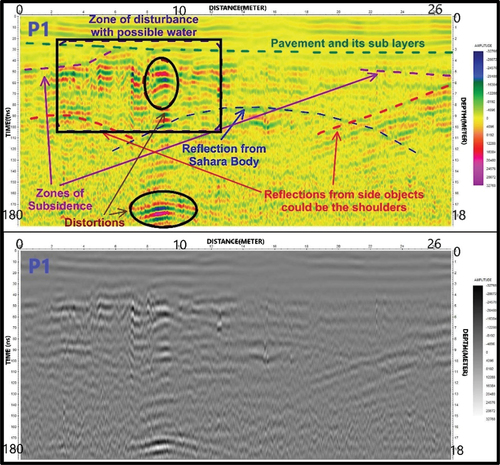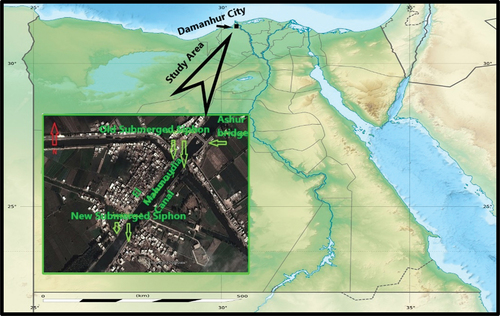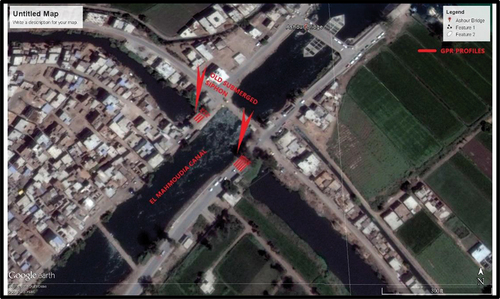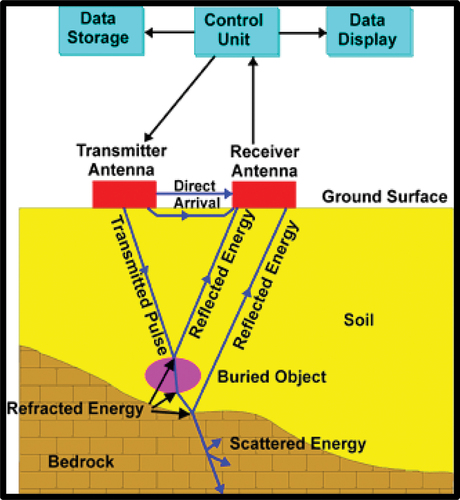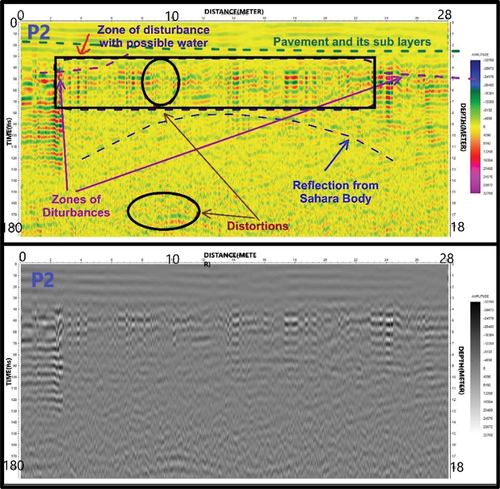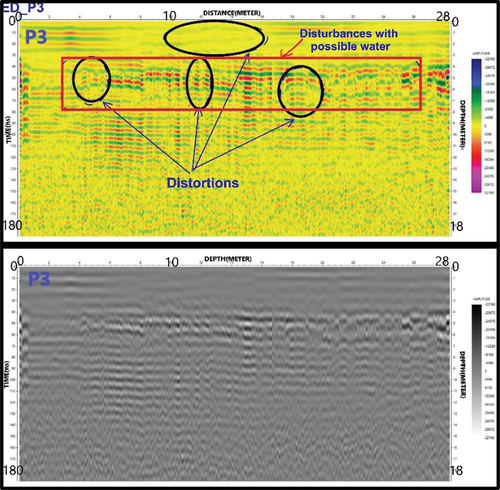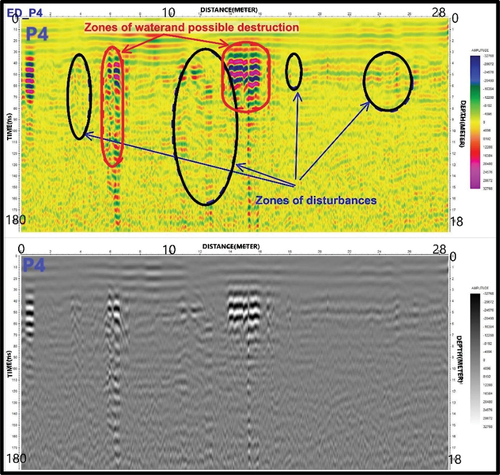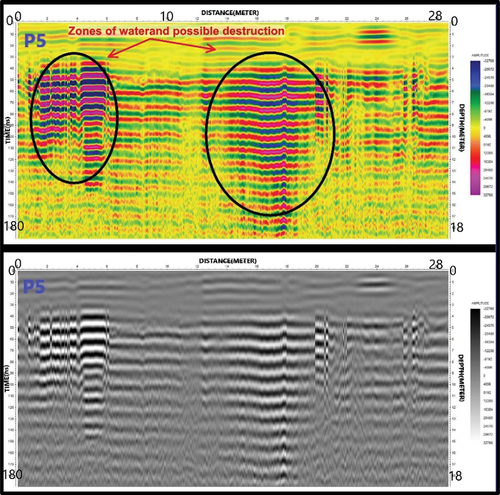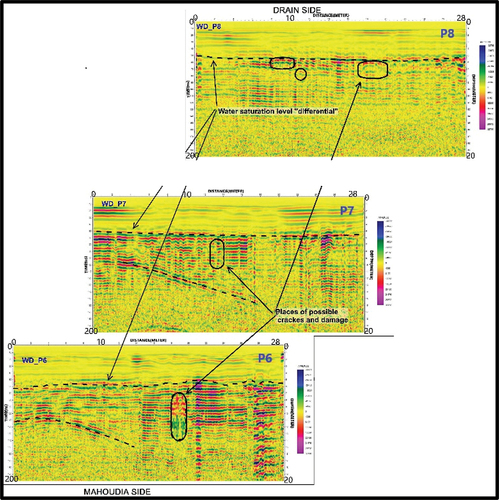Figures & data
Figure 3. The northeastern shoulder of the submerged Syphon’s body. There are some distortions and devastated areas.
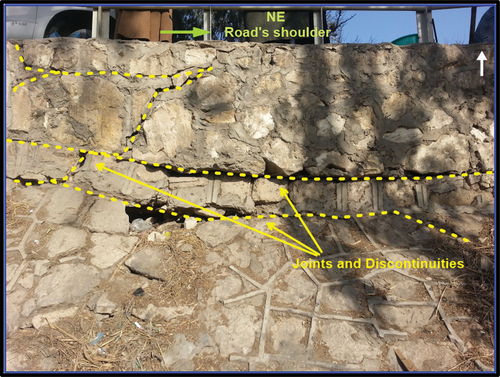
Figure 4. The asphaltic road partially falls on the southwestern shoulder of the submerged Syphon’s body.
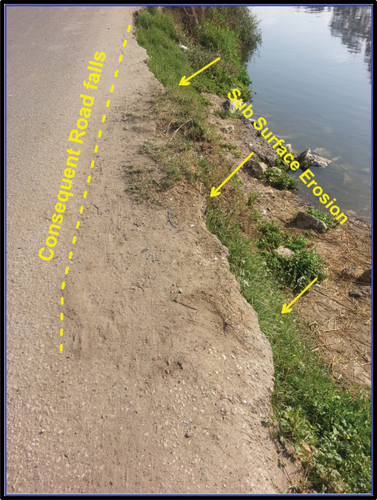
Figure 6. The GPR profiles directions over the submerged Syphon and the locations of the distortion places.
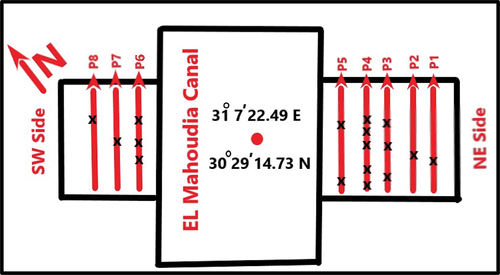
Figure 7. The GPR profile (P1) shows some distortions on the left side of the submerged Syphon (distance of 9 m and depth of about 4 m).
